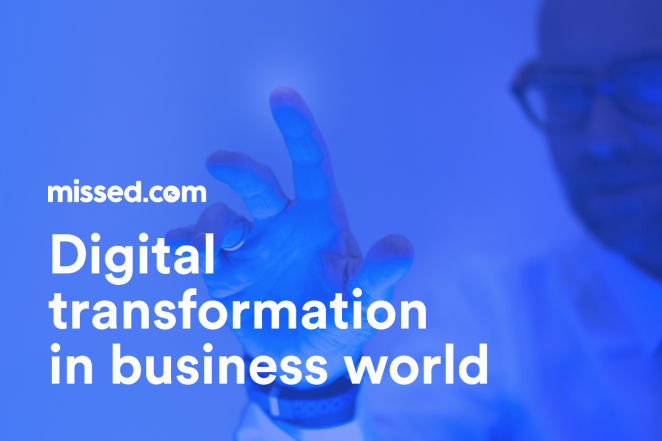Digitization and the digital transformation have both been hot buzzwords of late. These terms have been on business radar since the late 1990s for both traditional business and online businesses, but today internet use in business is ubiquitous.
When digitization first became a “thing,” it was little more than a novel way for early-adopter businesses to improve local processes. In fact, early opinion pieces took a hard look at the disadvantages of online business and complained of the susceptibility to spotty internet and the high learning curve.
Today, digitization is a business necessity.
From board meetings to business consultations, few topics have been discussed more the last five years than digital transformation. In fact, since 2016, online searches for “digital transformation courses” have increased by more than 5000%.
The advantages and disadvantages of online businesses have tipped in favor of the many advantages. Companies who don’t get in on it now will eat the dust of their competitors.
Keep reading to learn what the key advantages are of online business practices, and why the time is now to look at your own transformation. An online business model, at least as a complement to regular business, is the new way to reach customers and sell.
What, really, is digitization?
Digitization is the switch from analog technology, products or processes into a digital format. For example, when a business adopts an automated and online-based scheduling system, it has digitized what used to be an archaic process of cross-checking schedules in multiple emails, plus booking calls and then manually sending confirmations and reminders.
Digital transformation (referred to sometimes as DX) is the process that businesses undergo to achieve digitization.
As business and consumer technology expand rapidly, the landscape of service offerings and business processes has become more efficient, cost-effective, and competitive. This has made digitization a necessity for every business.
The terms “digitization” and DX were first coined less than a decade ago. Back then, early opinion pieces claimed that it was a passing fad.
However, there’s nothing passing about an opportunity to do business better. In today’s tech-driven world, digitization offers endless opportunities to do just that.
A Brief History of Digitization in Business
The history of digitization goes back further than you might expect. It wasn’t just a thing of e commerce or online business that someone runs from their living room. It actually goes back as far as the earliest computers.
Many examples of digitization are things we don’t even think about. They’re too inconspicuous and we see them too often in the day. As long as we’ve been around, there are things that have been automated. For example, the way you use an ATM has been digitized for generations.
Can you imagine a time when you could never get cash out after hours?
It’s been over the last 30 years that digitization has had wider adoption and relevance for both traditional business and online business.
When the internet connected businesses and customers in the 1990s, some of the first online systems pushed digitization to evolve even faster. Solutions like the advent of online customer support were a product of these times. E commerce was also born in this decade.
By the year 2020, half of the Forbes Global 2000 businesses depend on their ability to digitally provide “products, services and experiences.” Worldwide spending on digital transformation—primarily by businesses looking to move offline projects into online business models—is projected to reach $2.5 billion by 2025.
The Impact of the Pandemic on Customers and Online Business
These numbers in online business have been accelerated by the coronavirus pandemic. The first wave of lockdowns around the world had a dramatic impact on the global economy in every sector. Business activities, people, and working environments were all affected. E commerce became the norm. Customers started to interact with brands differently.
Digitization is the key that helped many businesses and consumers overcome hurdles like lockdowns and supply chain interruptions faster than they would have otherwise. In many cases, it was only through a digital transformation that a business was able to reach its customers at all.
According to recent McKinsey research, the share of digitally-enabled products in business portfolios today has accelerated by seven years.
Nearly all the executive respondents surveyed said that their companies have set at least “temporary solutions” up through digitization to meet new demands, and that the urgency of the pandemic pushed them through the digital transformation faster than they knew they could achieve before the crisis.
The “new normal” requires the continuity of this new online business, too. Consumers are thrilled to get out of the house again, but they’ve grown accustomed to digital offerings when it comes to e commerce and digital product offerings. What opinologues first thought could be disadvantages of online offerings have instead become the consumer preference.
Now, the only question for businesses is how to benefit in the biggest way from their own digital transformation.


